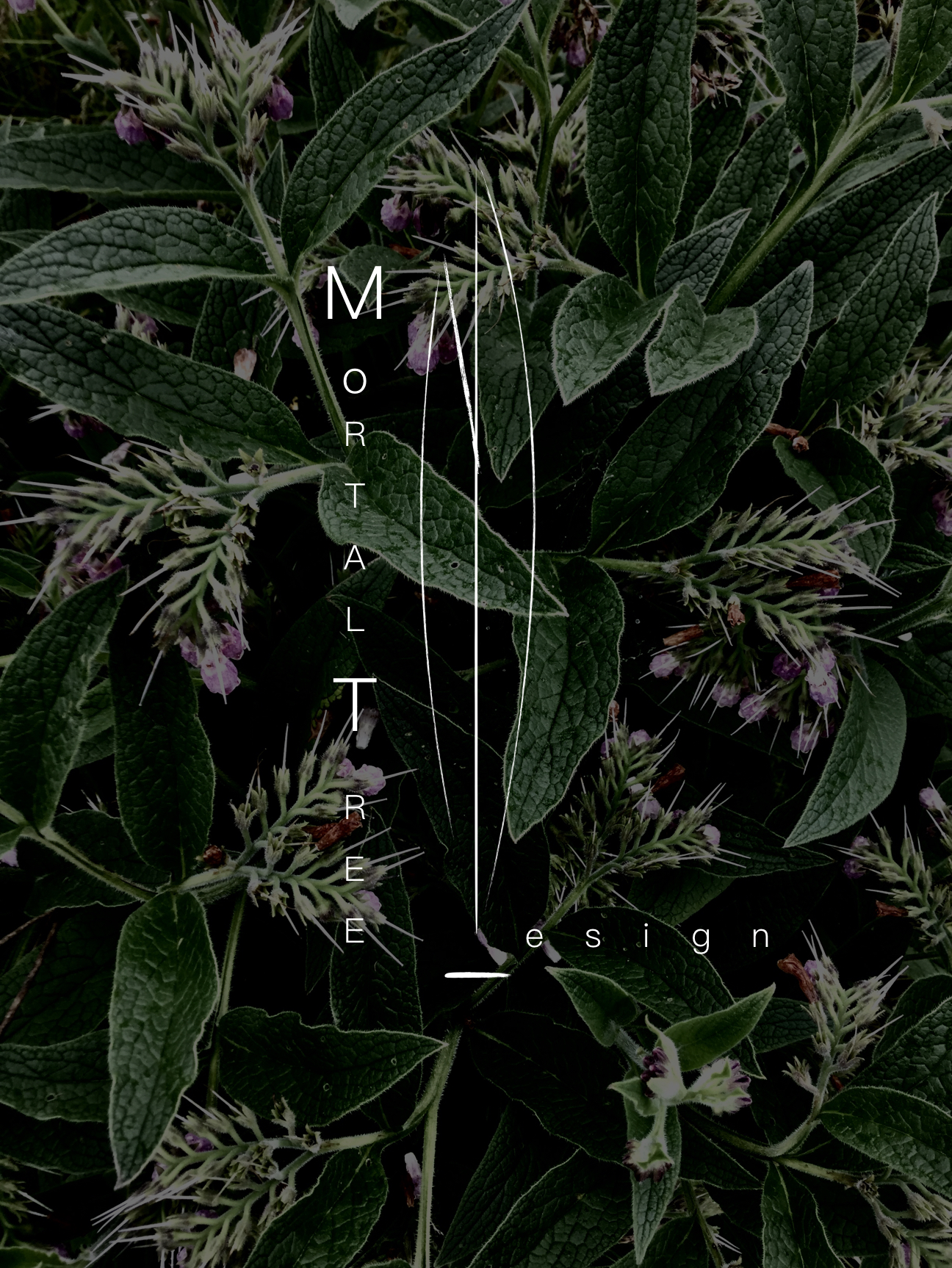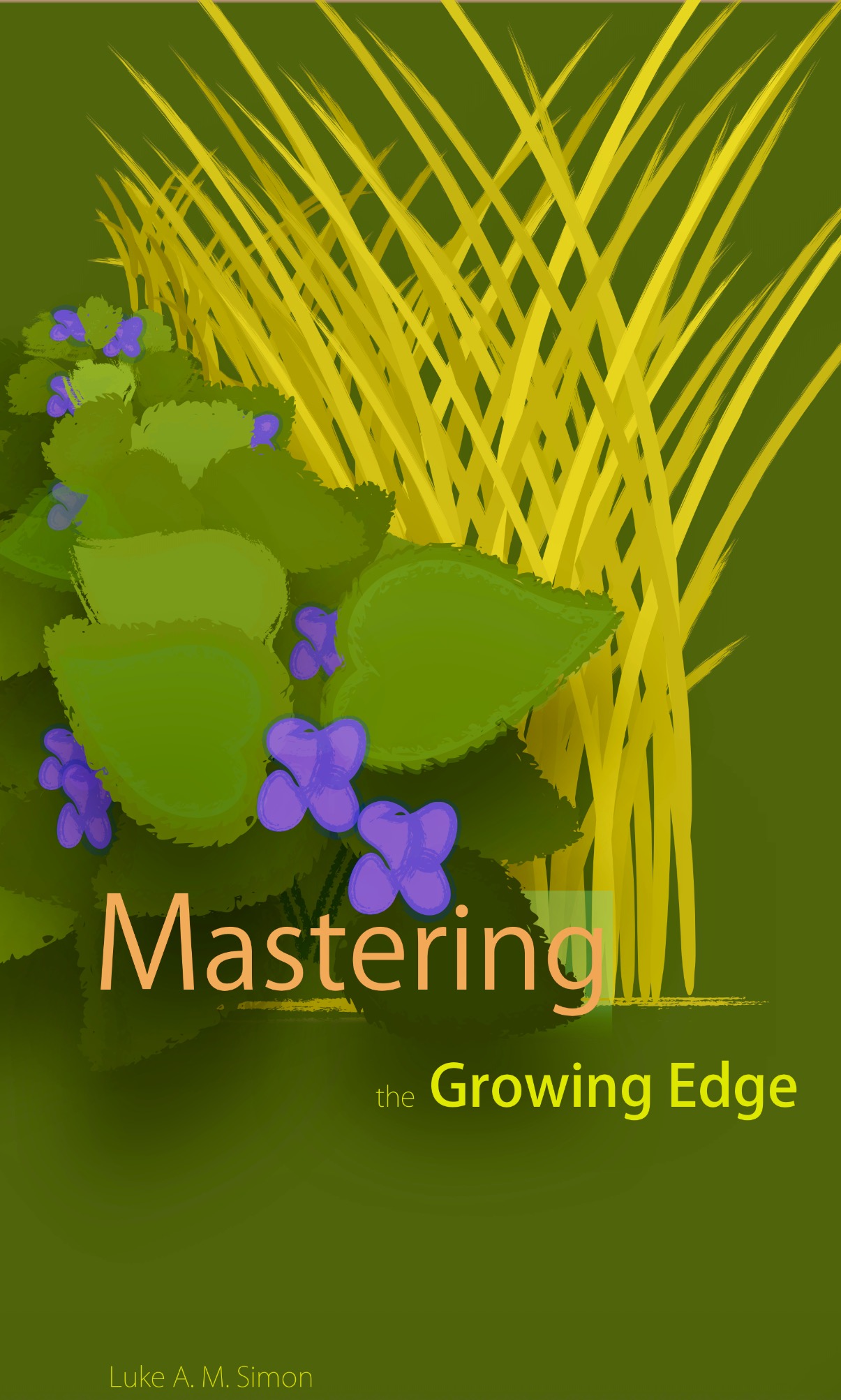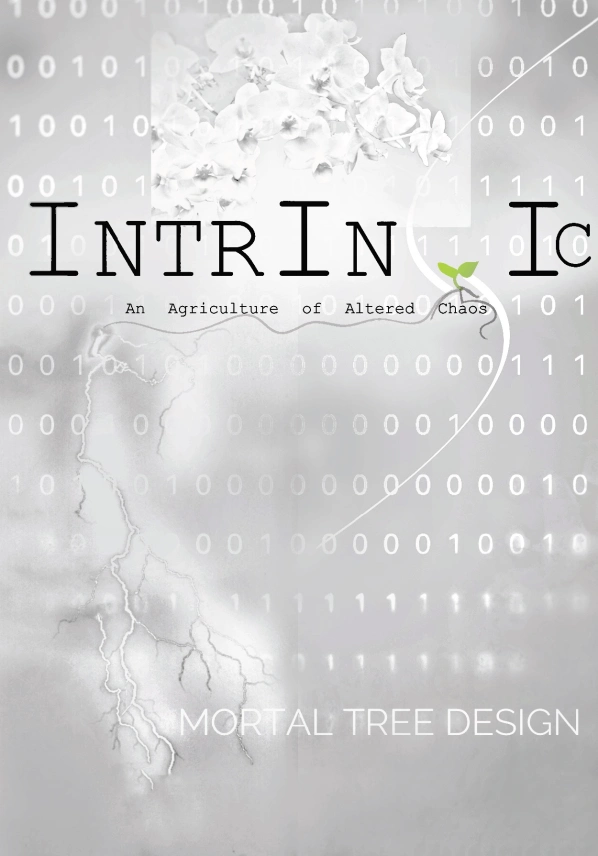Among gardeners of texture and color, true, vibrant blue is often considered elusive, highly desirable, and never to be passed up if the chance comes to add a new blue to the collection.
Considering the common range of species, it comes as no surprise. Tulips, peonies, roses –the basic groups- to the chagrin of breeders, just won’t crack their colors enough to let a real blue slip through.
To my surprise, in growing edible species, and planting for function rather than color, I find myself surrounded lately with flora of that rarest color in the plant kingdom.
Anchusa azurea tops the list with towering, rough spine covered spires of deepest blue flowers shot with violet purple veins. Please don’t take offense at the idea, but the flowers are edible, being very closely related to the common Borago officionalis. At four feet tall, with flowers like these, it is by far the tall, dark and handsome member of the Boraginaceae family. It is also biennial, first blooming in its second year, but can perennialize, growing back and blooming for several years if it likes its site. We’ll see if it hangs around for me.
Its function in the garden is edible flowers, as I mentioned, but more importantly, mulch– after it has flowered and seeded.

 At the back is C. cusikii, pale, and almost done flowering. At front is C. esculenta, dark blue, and just starting to flower.
At the back is C. cusikii, pale, and almost done flowering. At front is C. esculenta, dark blue, and just starting to flower.Second comes camassia, which I’ve written about before, but for a quick review, it’s an edible bulb that takes a variety of climates in North America, including shade, sun, wet, dry; a very versatile plant.
I’ve been impressed by the size and earliness of C. cusickii, both in bloom –starting more than a week earlier than C. esculenta, and its far larger bulbs. Talking about flower color though, esculenta is a far deeper blue, which I prefer. Its diminutive size of six inches less than the cusikii at flowering is the one characteristic that evens things out.
Third is none other than the common weed, Glechoma hederacea, commonly known as creeping charlie. Of course I didn’t plant the stuff, but it is rather attractive with tiny blue flowers studding its green carpet.
For function, it is an edible medicinal; and that carpeting effect is useful where it keeps grass out from under taller plants.
A blue flower to come is the N fixer lupine. I have Lupinus perrenis, the blue kind of lupine, scattered about the food forest. Several are in their second year and could be flowering, but have chosen to wait until next year to bloom. Look for pictures next spring.
Nothing edible here, just N fixer and dynamic accumulator due to lupine’s tap rooting. I had to move a young lupine that had found its way smack in the middle a path, and I was very impressed with several large nodules jutting out on only a five inch taproot.
Ironically, all the species I’ve mentioned here are not hybrids, and hardly selected for any desirable traits. Nature has instilled such peaceful color by its own design, way ahead of the breeder’s game.







